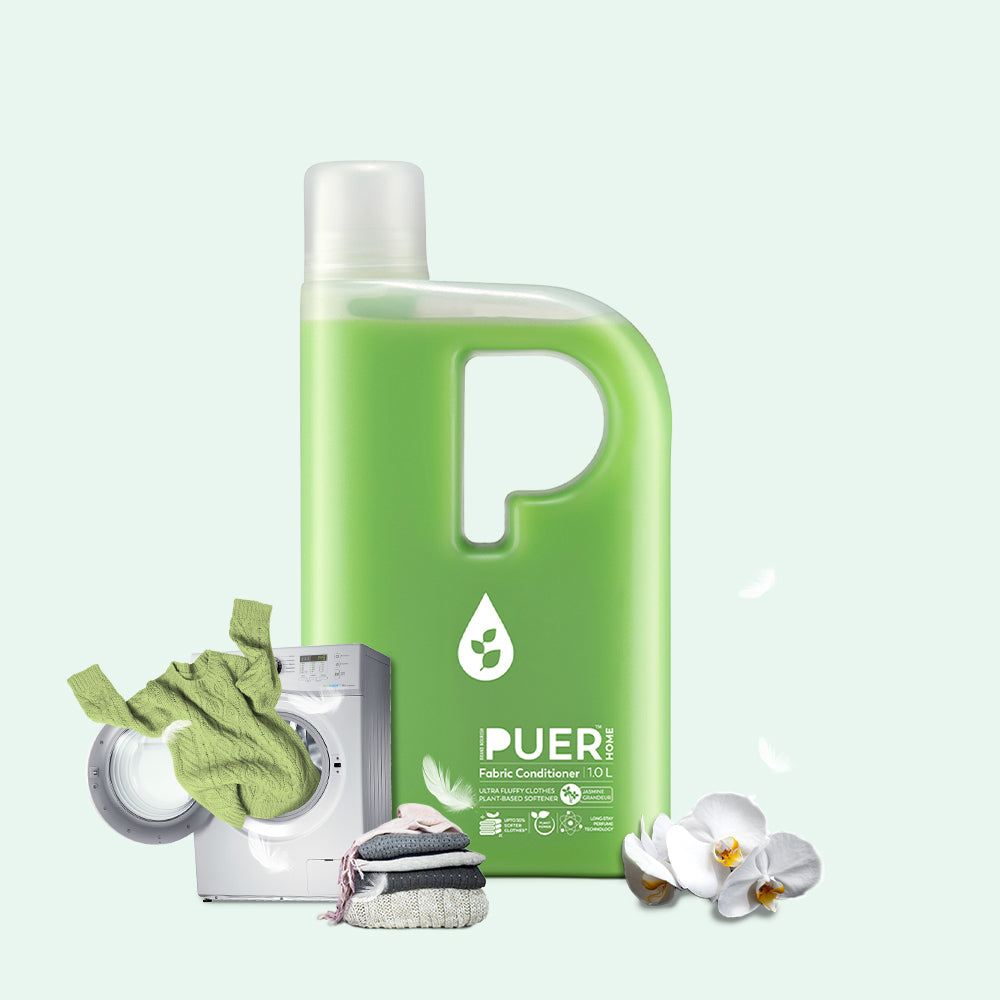Introduction
In the realm of laundry care, the partnership between fabric conditioner and detergent plays a crucial role in achieving clean, fresh-smelling clothes. While detergent handles the primary task of removing dirt and stains, fabric conditioner contributes to softness, scent, and overall garment care. Understanding the differences and benefits of each can help you optimize your laundry routine for better results and garment longevity.
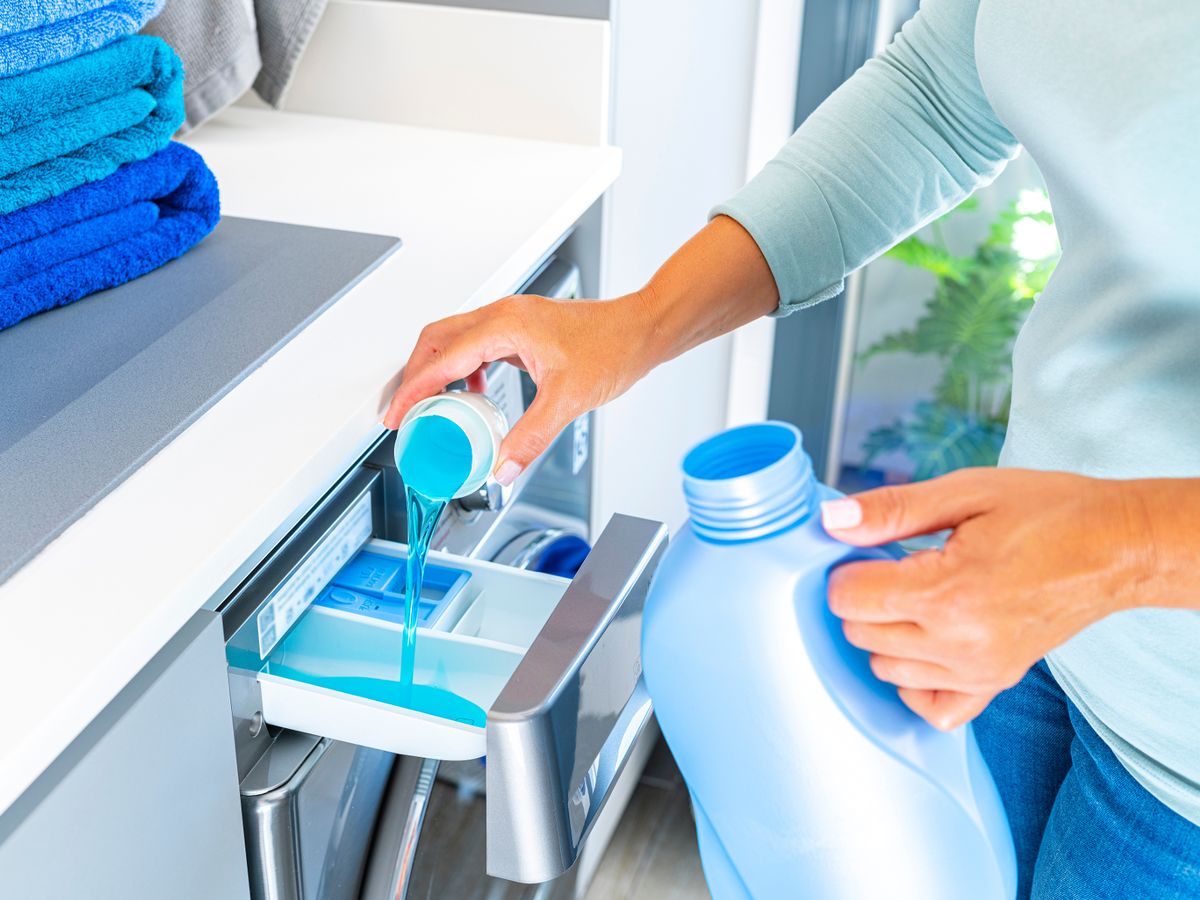
What is Detergent?
Detergent is the workhorse of laundry cleaning. It is formulated with surfactants and enzymes designed to lift and remove dirt, oils, and stains from fabrics during the wash cycle. Detergents come in various forms, including liquid, powder, and pods, each offering different strengths and specialties. Liquid detergents are versatile and effective in both standard and high-efficiency washing machines, while powders often contain oxygen bleach for added stain-fighting power.
Types of Detergents
Within the realm of detergents, there are specialized formulations catering to different needs. For instance, some detergents are designed specifically for baby clothes, ensuring gentleness on sensitive skin. Others target specific stains like grease, grass, or wine, using enzymes and chemicals tailored to break down particular substances effectively. Choosing the right detergent depends on your laundry needs, fabric types, and personal preferences for scents and allergen considerations.
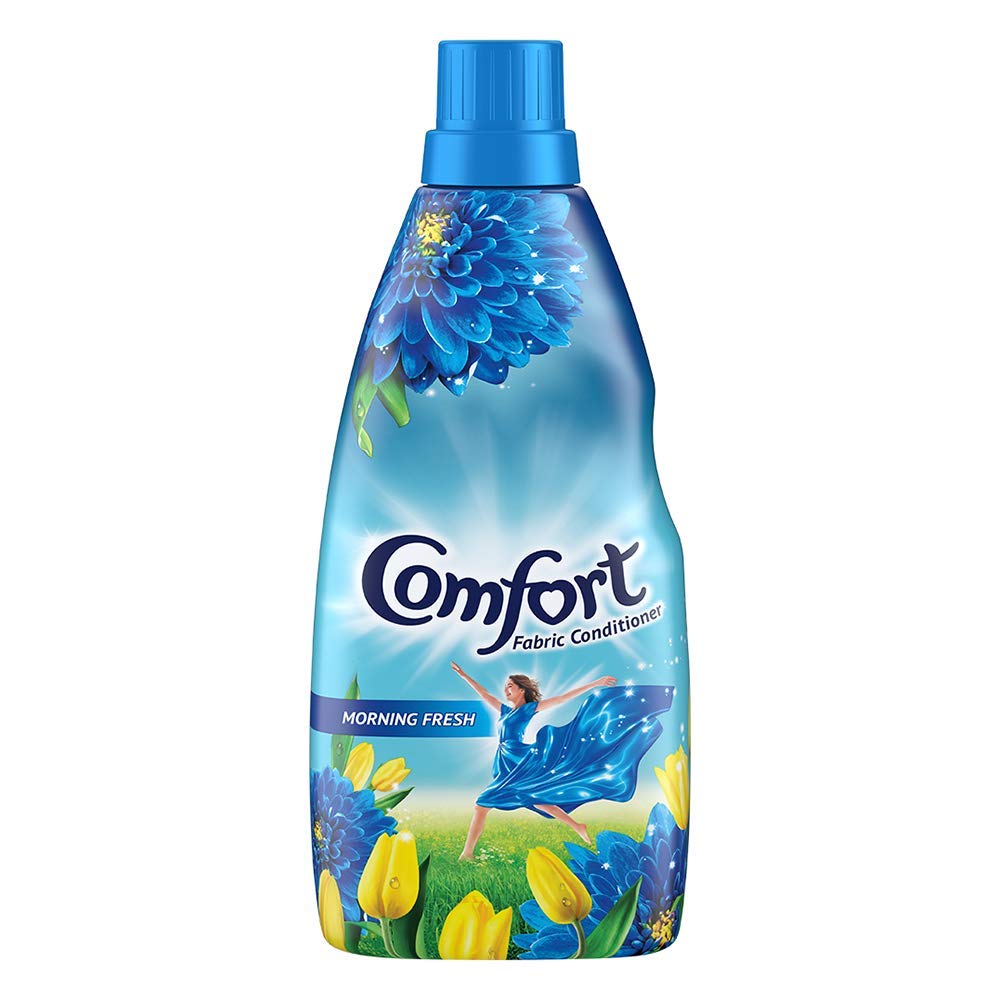
How Detergents Work
Detergents work through a combination of chemical and physical actions. Surfactants lower the surface tension of water, allowing it to penetrate fabric fibers and lift dirt particles away. Enzymes break down complex stains into smaller, more manageable fragments that can be rinsed away during the wash cycle. Some detergents also contain optical brighteners that enhance the appearance of whites and colors by absorbing UV light and emitting blue light, which makes fabrics appear brighter and cleaner.
Benefits of Using Detergent
The primary benefit of using detergent lies in its ability to thoroughly clean clothes, removing soil, oils, and odors that accumulate through daily wear. Effective detergent usage helps maintain fabric integrity by preventing dirt buildup that can weaken fibers over time. Additionally, modern detergents often include technologies that reduce water usage and environmental impact, such as concentrated formulas and biodegradable ingredients.
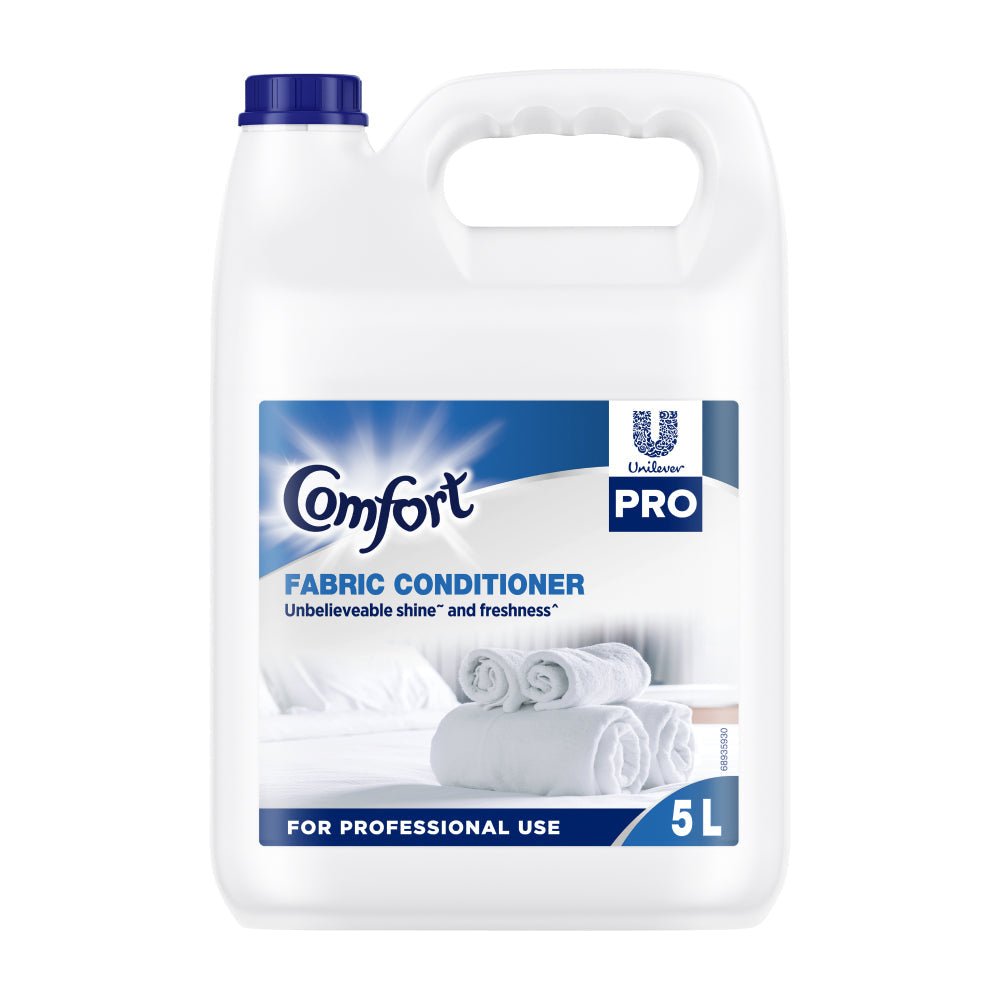
Understanding Fabric Conditioner
Fabric conditioner, also known as fabric softener, serves as a complement to detergent in the laundry process. Its primary function is to impart softness to fabrics, reduce static cling, and impart a pleasant scent that lingers on clothes after washing. Fabric conditioners come in liquid form and are added during the rinse cycle of the wash.
How Fabric Conditioner Works
Fabric conditioners contain cationic surfactants that coat the surface of fabric fibers with a thin layer of chemicals. This coating reduces friction between fibers, resulting in a softer feel to the touch. Additionally, fabric conditioners neutralize the static electricity that can build up in synthetic fibers during drying, which helps prevent clothes from clinging to each other or to your skin.
Benefits of Using Fabric Conditioner
The primary benefit of using fabric conditioner is the softness it imparts to fabrics. Softened clothes feel smoother against the skin and are less likely to cause irritation or friction-related discomfort. Fabric conditioners also help reduce drying time by making fabrics more absorbent during the rinse cycle. Moreover, they leave clothes with a pleasant fragrance that enhances the overall freshness of laundered items.
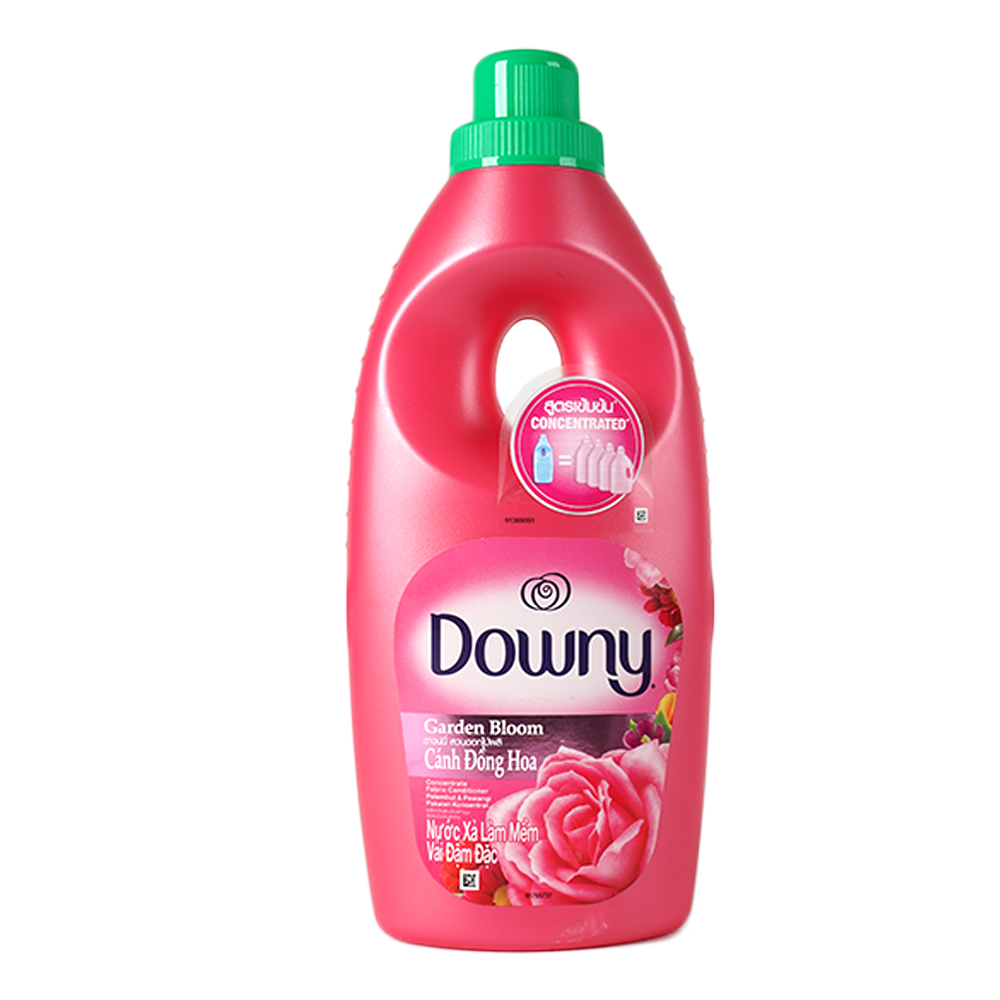
Considerations When Using Fabric Conditioner
While fabric conditioners offer many benefits, there are considerations to keep in mind when incorporating them into your laundry routine. For instance, excessive use of fabric conditioner can lead to residue buildup on fabrics, which may reduce absorbency and breathability over time. It’s important to follow manufacturer recommendations regarding dosage and avoid overuse to maintain optimal fabric performance and longevity.
Choosing the Right Products
Selecting the appropriate detergent and fabric conditioner for your laundry needs involves considering factors such as fabric type, washing machine specifications, and personal preferences. For sensitive skin, hypoallergenic and fragrance-free options are available in both detergents and fabric conditioners. High-efficiency detergents are formulated to produce less suds, which is essential for efficient cleaning in modern washing machines.
Environmental Considerations
Both detergents and fabric conditioners can impact the environment through their production, use, and disposal. Many manufacturers have responded to environmental concerns by developing eco-friendly formulas that minimize water and energy consumption while using biodegradable ingredients. When selecting laundry products, look for certifications such as the EPA’s Safer Choice label or third-party verification of sustainable practices.
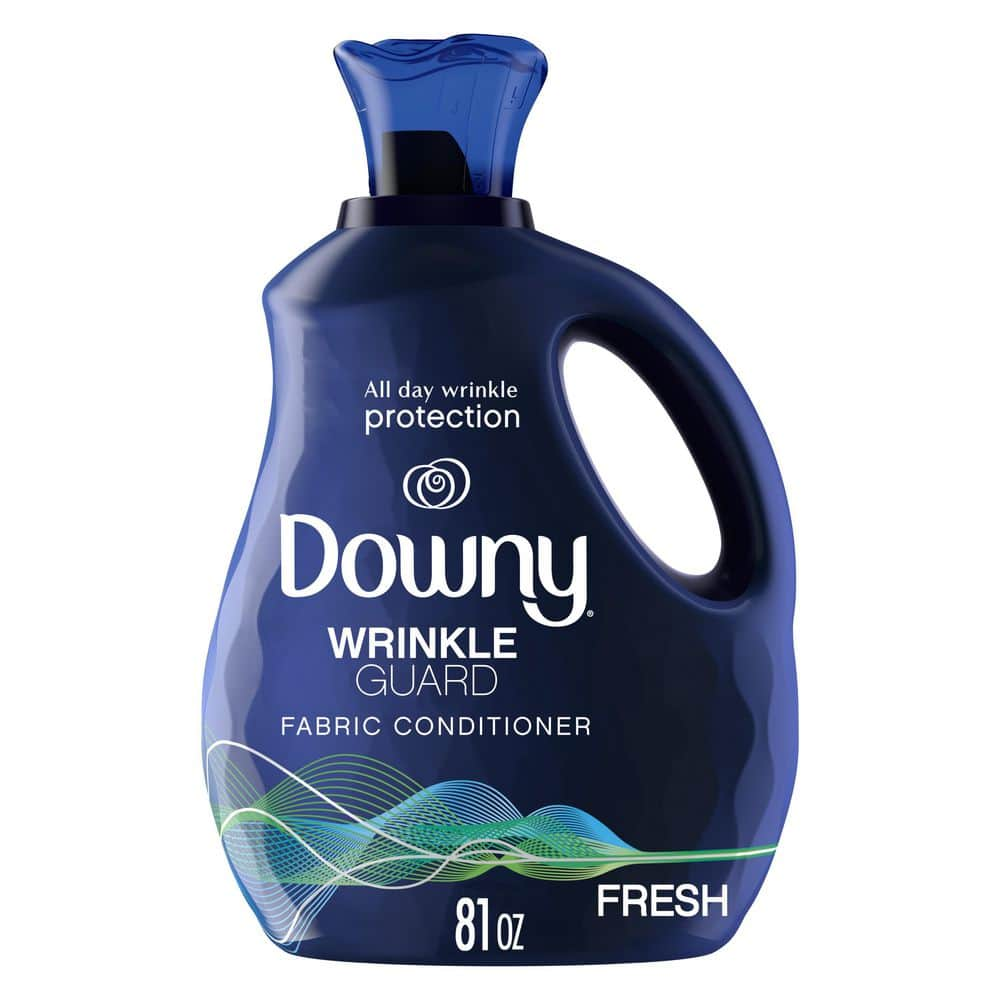
Tips for Optimal Laundry Care
To maximize the benefits of using both detergent and fabric conditioner, consider the following tips for optimal laundry care:
- Dosage: Follow manufacturer guidelines for detergent and fabric conditioner usage to ensure effective cleaning and conditioning without wasting product.
- Cycle Selection: Choose appropriate wash cycles based on fabric type and level of soiling to avoid unnecessary wear and tear on clothes.
- Temperature: Use cold water for energy efficiency and to preserve fabric colors and elasticity, except when dealing with heavily soiled items that require warm or hot water.
- Drying: Air drying or using a lower heat setting in the dryer can help maintain fabric softness and reduce static cling.
Combining Detergent and Fabric Conditioner: Best Practices
Using both detergent and fabric conditioner together in your laundry routine can yield optimal results when done correctly. Here are some best practices to ensure you get the most out of both products:
- Separate Compartments: Most modern washing machines have separate compartments for detergent and fabric conditioner. Ensure you place each product in its designated compartment. This allows the machine to dispense them at the appropriate times during the wash cycle—detergent during the wash and fabric conditioner during the rinse.
- Right Amounts: Measure the correct amounts of detergent and fabric conditioner based on the load size and soil level. Overusing these products can lead to residue buildup on clothes and in the washing machine, while underusing them can result in poor cleaning and conditioning performance.
- High-Efficiency Machines: If you have a high-efficiency (HE) washing machine, make sure to use HE-compatible detergents and follow the dosage recommendations. These machines use less water, and using the wrong type or amount of detergent can lead to excessive sudsing and inefficient rinsing.
- Sensitive Fabrics: For delicate fabrics like wool or silk, choose a detergent specifically formulated for delicates and consider using a fabric conditioner designed for sensitive materials. Always check garment care labels for washing instructions.
- Avoid Combining with Certain Items: Some items, such as microfiber cloths, should not be washed with fabric conditioner as it can reduce their absorbency and effectiveness. Similarly, athletic wear often has moisture-wicking properties that can be compromised by fabric conditioners.
Alternatives to Traditional Fabric Conditioners
If you’re looking for alternatives to traditional fabric softeners, there are several options available that offer similar benefits without some of the potential downsides:
- Vinegar: White vinegar is a natural fabric softener that helps reduce static and soften clothes. Add half a cup to the rinse cycle. It neutralizes odors and doesn’t leave a strong vinegar smell on clothes after drying.
- Wool Dryer Balls: These reusable balls soften clothes naturally and reduce drying time. They also help reduce static cling and can be used with essential oils to impart a pleasant scent to laundry.
- Baking Soda: Adding baking soda to the wash cycle can help soften fabrics, control odors, and boost detergent performance. Use about half a cup per load.
-
Homemade Fabric Softeners: You can create your own fabric softener by mixing white vinegar with essential oils or hair conditioner diluted with water. This allows for customization of scents and ingredients based on personal preferences and sensitivities.





